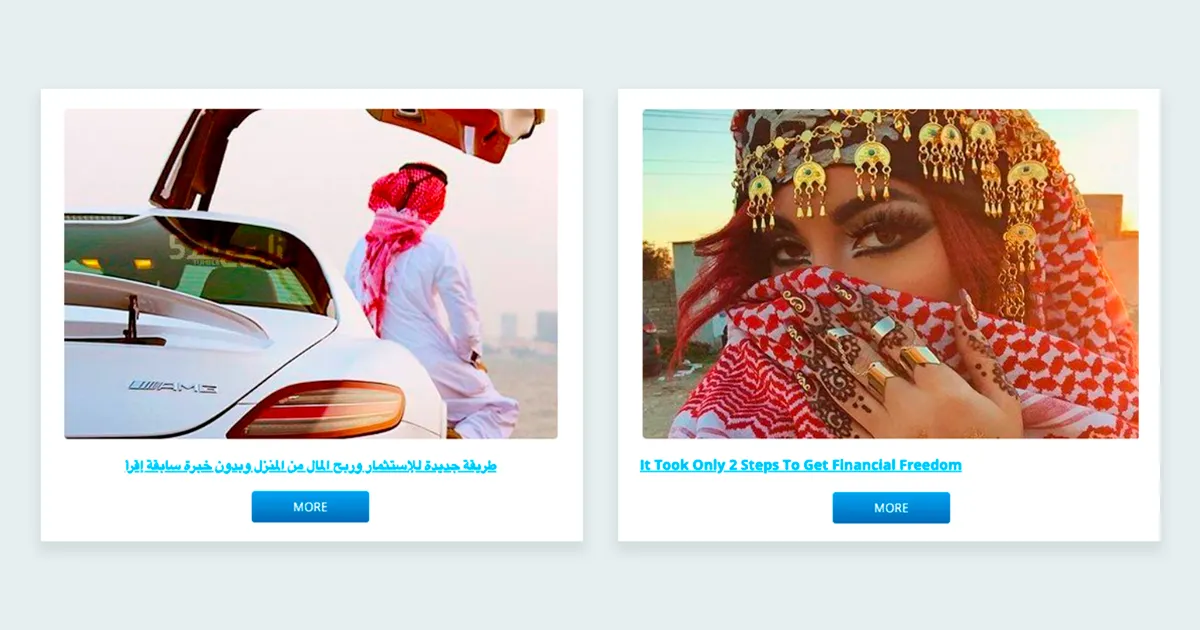Looking for a wider reach, advertisers have to seek more than a mere translation of their ad creatives. What are the key prerequisites of successful content transcreation?
When adapting your content for the new region, you want to evoke particular reactions and behaviours among your target audience. At the same time, figurative language, associations and imagery have local nuances that lead to different comprehension, understanding and ultimately user responses to your ads.
In this article, we focus on localization tactics you may use to adapt your marketing content for the target audience and drive the expected clicks and conversions at new markets.
Reengineer your tone of voice and adapt all digital assets
A common misconception when launching an advertising campaign in the new geo is that you simply should translate text information and feature locals on your visuals. Regardless whether your initial creative approach was to appeal to customers’ worst fears, intrigue or provoke them, a simple translation will have a devastating effect on the original appeal.
Brand messages and creatives simply don’t translate word-for-word. Instead, you should start by profiling the target audience and researching their peculiarities. What tone of voice would appeal to them? Target your customers’ everyday language and strive to achieve the desired emotional response with your marketing copies. If your audience is bilingual, you have to work through the content adaptation for both languages.

In addition, all content and website design elements should be localized for the intended markets. Depending on the targeted culture and locale, there are important differences in graphics and imagery; for example, Asian websites often use icons in a certain style.
Explore cultural elements and keep in mind regional considerations
The shared language is not enough to reach your communication goals, especially as you target the entire region that speaks the same language. You have to take into account figurative language, cultural analogies and political issues in the intended markets. For example, referring to the success story from Saudi Arabia may be considered inappropriate by the locals living in Kuwait due to the war conflict between these two countries.
Unintentional polysemy is one of the things you would want to avoid if you want to make communication crystal clear. An example of this is when the mobile network giant Orange tried to market their brand in Northern Ireland, they failed to see obvious connotations of their slogan with the protestant Orange Order. As a result, certain adverts were prohibited to run in Northern Ireland or Scotland.
Keeping an eye on the chosen visuals and colours is also important. Picking a specific colour scheme, tone or hue, marketers have to think beyond their own visual perception. The white colour symbolizes peace and purity in Western culture, but in Asia, it is mostly the mourning colour. Red often represents passion, but in India, it is the colour of purity.

Work with locals to avoid stereotyping
Another common pitfall is to assume that you already know everything about other people’s ways of life. Regardless of what you perceive from popular culture, the British have not worn hats more than any other nation since probably the 1960s. On the other side, the Brazilian Carnival is still the cultural epicentre and one of the most longed for events of the year.

Local focus groups are essential if you want to check your first assumptions, see the advertised product through the eyes of potential customers, and understand the factors that affect their decisions. At MGID, we always collaborate with native creative writers and make sure we know rather than hypothesize how local users respond to different messages.
Final word
In the end, you will want the finished materials to be read as if they were created in the users’ mother tongue and by their fellow locals. That means that you should adapt or transcreate the initial messages by taking the perspective of users and their ‘cultural glasses’. Also, do not forget to go through all the different elements that make up your marketing content, including website design elements, icons, fonts, colour schemes, etc.
In case you encounter any difficulties on your way to adapting the marketing funnel for particular regions, our creative writers can help and guide you through the process.





